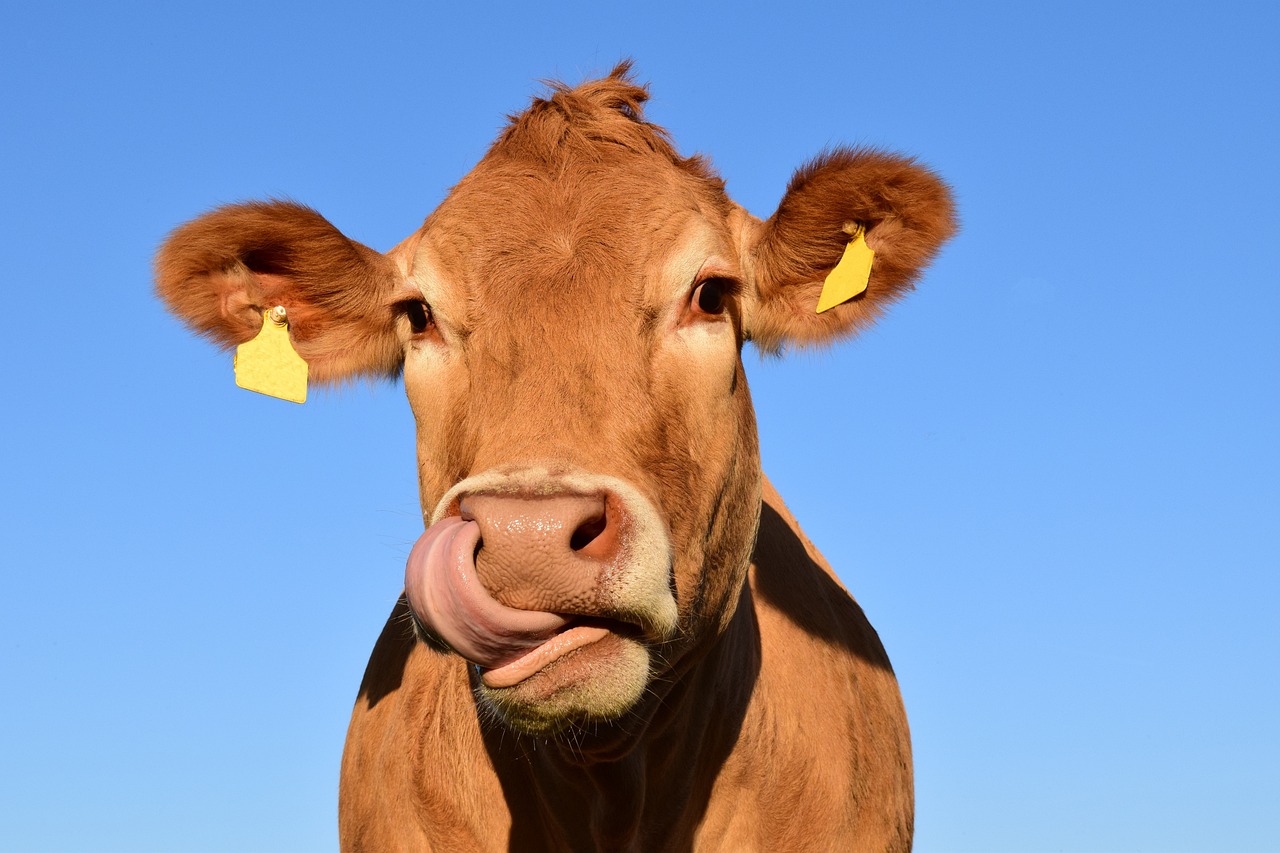Media release
From:
Evolution: Uncovering the genetic history of ancient cattle (N&V)
The genetic history of the aurochs — the wild ancestors of domestic cattle — reveals a complex ancestry and migration across Eurasia and North Africa, shaped by climate change and human activity. The research, published in Nature, uncovers four distinct aurochs populations with unique genetic trajectories, offering new insights into the domestication of cattle.
Aurochs were a large species of wild-roaming cattle that lived up to 650,000 years ago but have been extinct for about 400 years. They were important in prehistoric Eurasian and North African ecosystems and domestic cattle, their descendants, provided humans with food and labour for thousands of years. Cattle currently comprise about one-third of Earth’s mammalian biomass. However, questions remain about the genomic history of their ancient ancestors.
Daniel Bradley and colleagues analysed 38 ancient aurochs genomes to trace the evolutionary paths of European, Southwest Asian, North Asian and South Asian populations, spanning over 47,000 years. They found that each of these ancestries responded differently to climatic changes and human pressures. For example, European aurochs faced severe population bottlenecks during the Last Glacial Maximum, approximately 20,000–26,000 years ago, and were confined to southern Europe before recolonizing the west of the continent from Iberia. Southwest Asian aurochs contributed the most genetically to domestic cattle breeds following early neolithic domestication efforts, suggesting that most modern cattle descend from a narrow initial capture of the Southwest Asian aurochs.
The findings shed light on the genetic ancestry of these ancient creatures. Future research could explore how their genetic legacies influence modern cattle traits and resilience, the authors suggest.



 International
International



